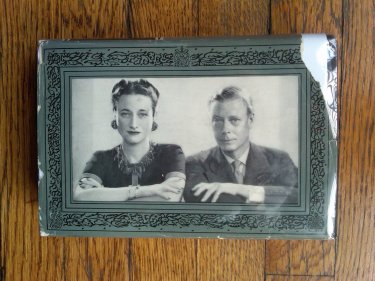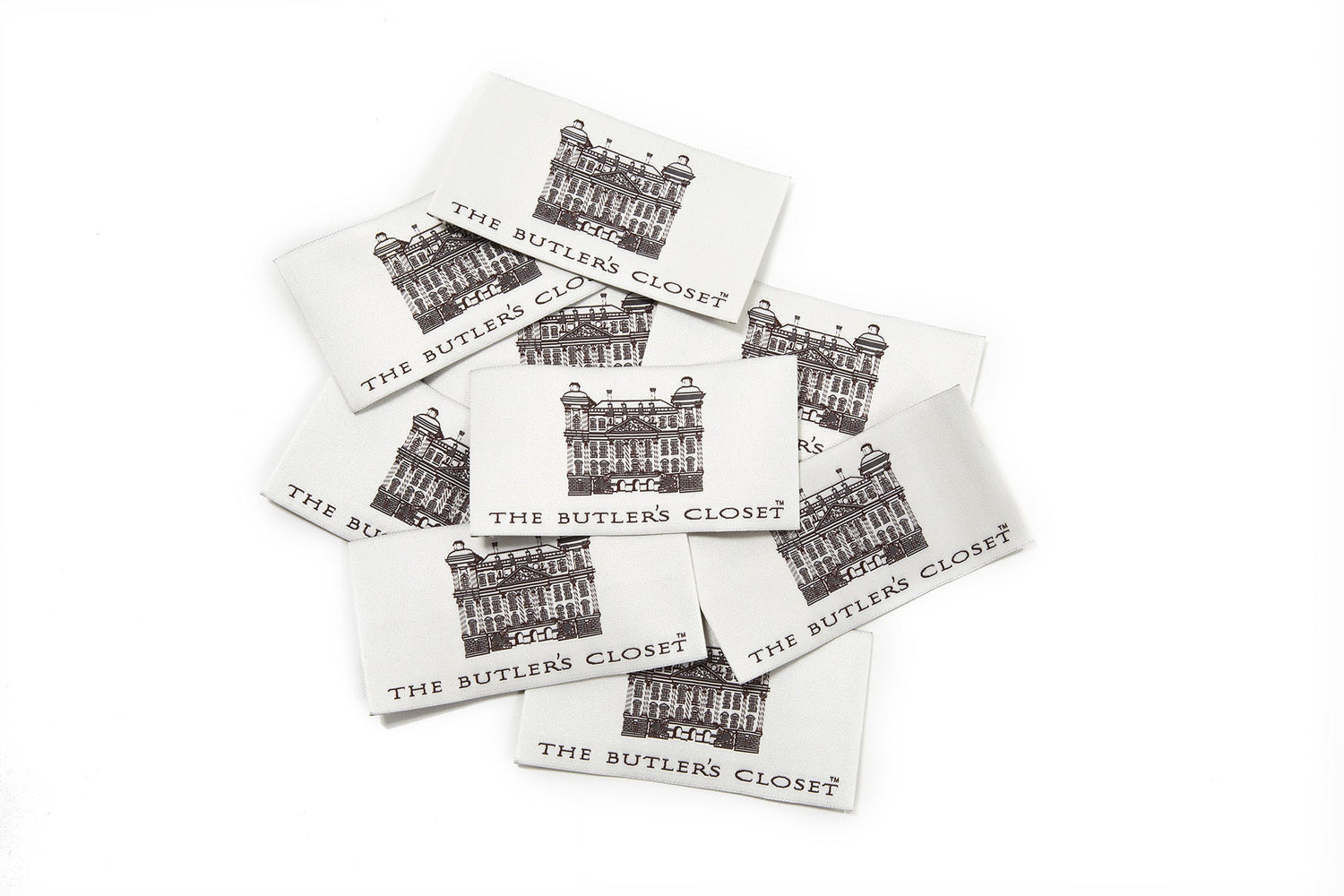Wallis and Edward: A King's Story
The story of Mrs. Wallis Simpson and King Edward VIII is a tale that has fascinated the public on both sides of the pond for close to a century.
About two weeks ago, I was shopping in one of my favorite stores, Privet House in Warren, Connecticut, and saw A King's Story, The Memoirs of The Duke of Windsor. Once I picked up the book I could not put it down.

King Edward VIII's Autobiography
The former King begins his story at the cradle in 1894 and takes the reader through his early, isolated upbringing. At that time, his great grandmother, Queen Victoria was still on the throne, his grandfather Albert was Prince of Wales and his parents were the Duke and Duchess of York. The Duke paints a fascinating portrait of royal life with vivid descriptions of his early life which was very regimented. He, along with his brother Albert (Bertie), was educated at home by tutors until he entered the Royal Naval College at Osborne at the tender age of twelve and a half.
He, his parents, four brothers and sister, lived in York House on the Sandringham Estate, 120 miles from London while his grandfather and grandmother occupied the Big House on the grounds. Once his grandparents became King and Queen their Court moved from Marlborough House in London, to Sandringham, Osborne, Balmoral, Cowes and Biarritz, during different seasons in the year.
The Duke describes these regular and systematic migrations in great detail and it reminded me of the history I had read about English lords moving their households from castle to castle in earlier years. This was no small feat as the "household" consisted of their legions of followers and retainers. Hundreds of men and women made up medieval households and were employed by the lord. Stores of food and animals made these journeys as lords traveled from one part of the country to another--staying for months at a time.
One of the most interesting descriptions of King Edward's early memories includes the arrival of his grandfather (King Edward VII) and grandmother (Queen Alexandra), and the flurry of activity in preparation for a week's shoot.
Here is a quote from the book " My grandparents were always back at Sandringham for November 9, my grandfather's birthday. Some days in advance The Big House would bestir itself like a giant from his slumbers and bustle with activity: a small army of servants would arrive; plants from the greenhouses would be carried into the drawing rooms; fires would be lighted, and then, without a word of warning , the clocks on the estate would all with mysterious unanimity be put half an hour ahead. My grandfather, wishing to make the most of the short winter day for the shooting was a pioneer in the use of daylight saving. ".. the turning ahead of the clocks was for us children a signal for festival. That same evening, the great house on the hill would itself spring to life, with a bonfire blaze of lights; and the crunch of gravel and clatter of horses" hoofs on the driveway would herald the arrival of of horses' hoofs on the driveway would herald the arrival of my grandparents with twenty or thirty guests, every gentleman with his valet , every lady with her personal maid.
Then for a week the fields and coverts of the estate resounded all day long to fusillades of my grandfather and his guests, as they proceeded with the methodical decimation of the clouds of pheasants that had been raised the previous summer. There would be a pause for lunch in the field--but a lunch that was a veritable feast and was served in a tent. After the shooters, with their ladies, had dealt with this spendid repast, the company would group itself, with the morning's bag laid out before them, for one of those panoramic poses in which Edwardians loved to arrange themselves. Sometimes Bertie and I were allowed to watch the afternoon shooting. That was an era when monarchs and princes, noblemen and tycoons, vied with each other for the honor of bringing down the largest number of birds. When dusk in its slow descent brought an end to the shooting, the day's kill might total nearly 2,000 pheasants."
It is hard to imagine this life and the mere idea of killing 2,000 pheasants gives one pause. But this was the life of the British aristocracy at the turn of the last century.
In the same way, it is hard to imagine the tremendous crisis brought about by King Edward VIII's desire to marry Mrs. Simpson who had been twice divorced. In his autobiography, the King speaks movingly about his loneliness and desire to have a more normal existence with the woman he loves.

The Duke and Duchess of Windsor
It has taken almost a century for the royal standards to relax somewhat. The most recent royal wedding of Prince William to Kate Middleton (who is not from an aristocratic family) proves that change is constant.
Wallis and Edward might have had a different fate had they lived in a different era.
If you have a chance to find this book, it is well written and gives a fascinating view of life as lived by a royal figure destined to hold and then give up the crown.

